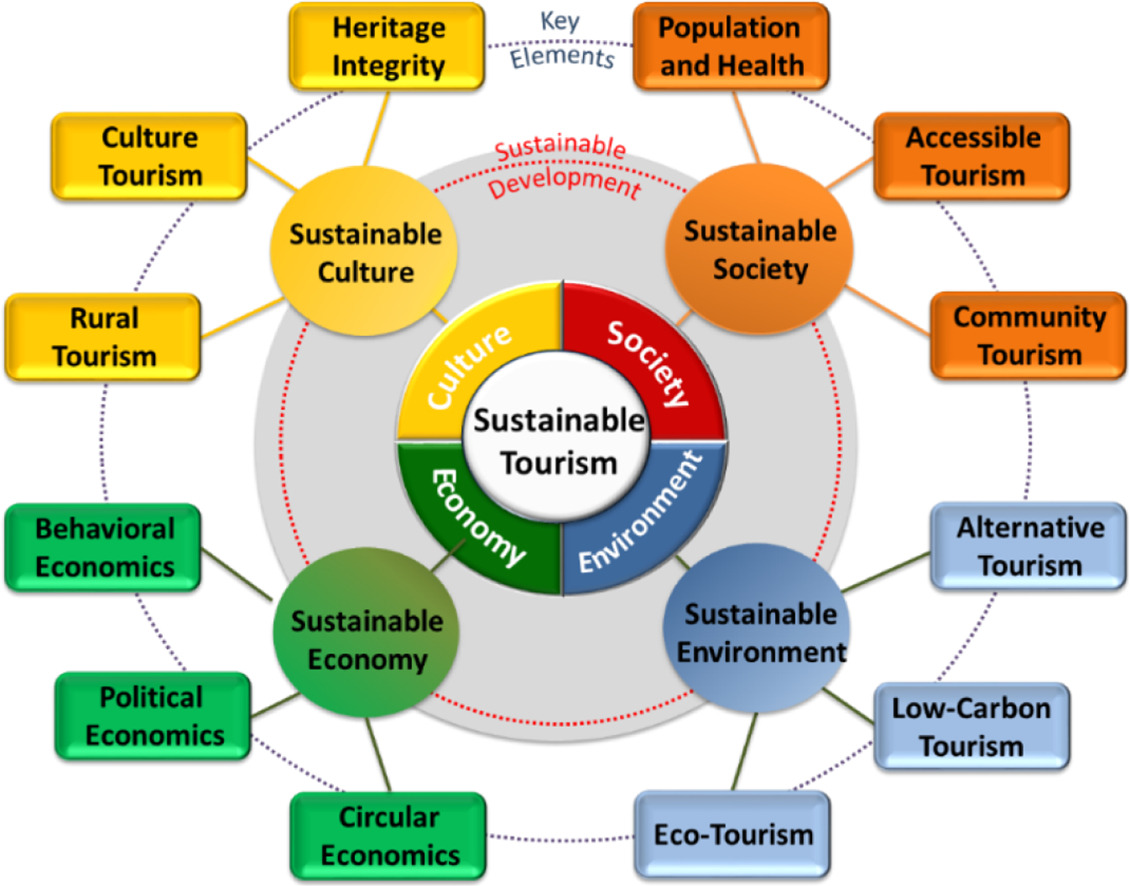As per the United Nation World Tourism Organisation (UNWTO) Barometer, international tourism in Asia and the Pacific is rapidly recovering, with arrivals reaching 82% of pre-pandemic levels in Q1 2024.

Sustainable Tourism is in line with the UN’s 17 Sustainable Development Goals (SDGs) to transform our world and continue to create positive impacts.
Sustainable tourism practices in India are bound together by the twin travel dicta of Bharat Darshan and Atithi Devo Bhavah, now known the world over through the medium of the Incredible India campaign.
|
Tourism in India |
Initiatives taken by India
|
Angelica Rhodes 2 months
Experience nonstop rhythm and platform action in geometry dash, a thrilling game where timing and precision decide every jump. Join millions of players and challenge your reflexes today!